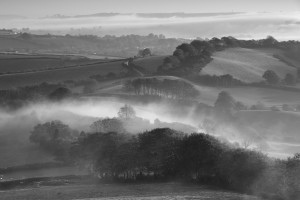The haunted house is a motif which occurs frequently in discussions about the uncanny – indeed, Freud himself calls it “perhaps the most striking of all” examples of uncanniness. So I thought it would be useful to draw out what he says about how the two ideas are connected.
In The Uncanny, he sets out to define what it is that “allows us to distinguish as ‘uncanny’ certain things which lie within the field of what is frightening.” He sets out two approaches: firstly, to explore “what meaning has come to be attached to the word ‘uncanny’ “; and secondly to collect examples of situations which arouse in us the feeling of uncanniness and “then infer the unknown nature of the uncanny from what all these examples have in common.” Continue reading

![judderman[1]](https://usercontent.one/wp/www.exploringtheuncanny.com/wp-content/uploads/2016/03/judderman1-300x222.jpg?media=1669494305)
